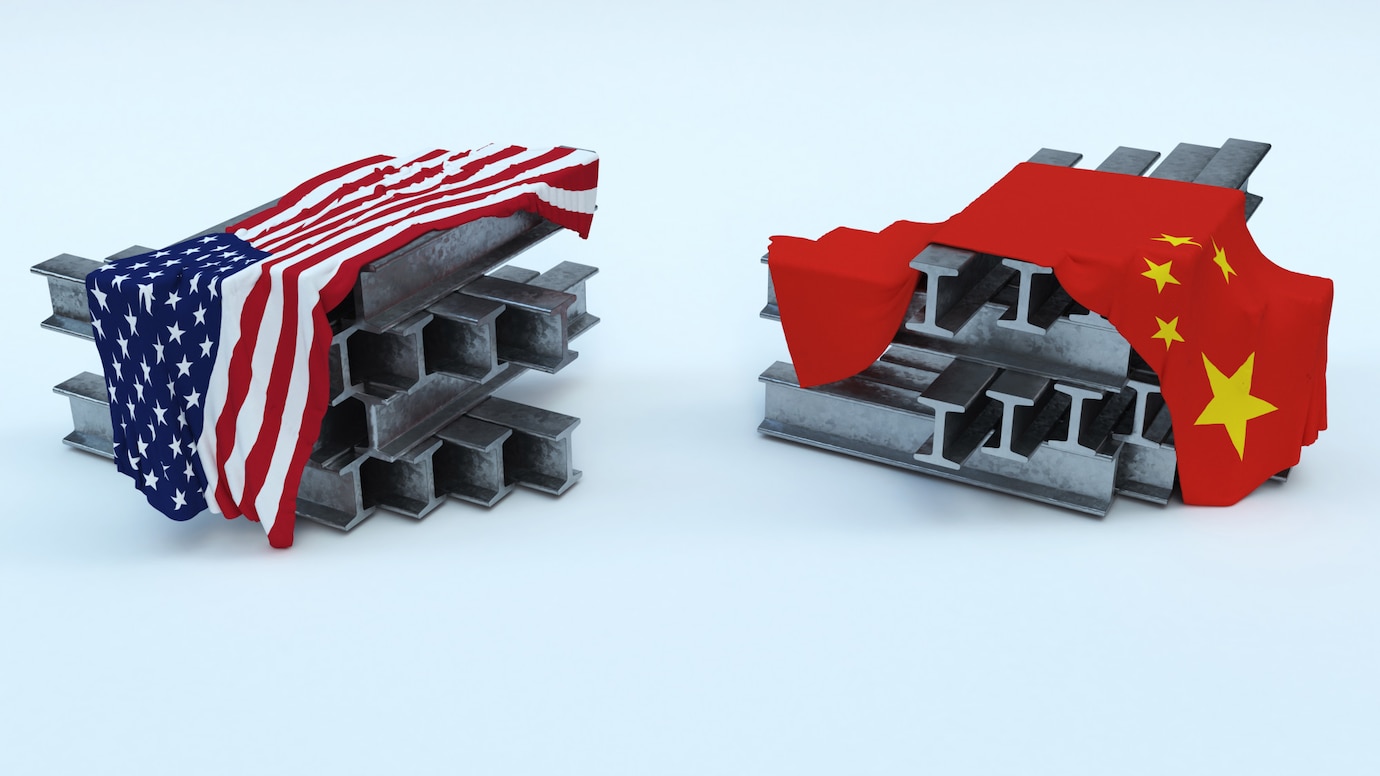
The global economy is bracing for turbulence once again as China takes a bold step in escalating trade tensions, particularly with the United States. On the heels of the U.S. announcing new tariffs on Chinese imports, China has responded in kind—raising tariffs to 125% on a wide range of American goods. This retaliatory move marks a significant escalation in a trade rivalry that continues to redefine the rules of global commerce.
This latest round of tit-for-tat measures highlights a deeper shift in international relations, where economic policies are increasingly wielded as instruments of geopolitical power. Trade, once primarily driven by market forces and economic logic, is now a core battlefield for influence, sovereignty, and strategic leverage.
China’s Ministry of Commerce issued a strongly worded statement, denouncing U.S. actions as “unilateral, unjustified, and harmful to the international trading system.” The targeted goods include agricultural products like soybeans and corn, as well as American-made automobiles and technology components—sectors vital to the U.S. export economy and politically significant within key American states.
On the surface, these tariffs may appear reactionary, but China’s strategy is multifaceted. First, they aim to demonstrate that China will not yield under external pressure. Second, by targeting sectors where U.S. producers are most vulnerable, Beijing hopes to exert domestic political pressure within the U.S. ahead of election season. Lastly, China is sending a clear message to other nations: it will defend its economic sovereignty, even at the cost of short-term market stability.
Markets have reacted swiftly. Wall Street saw increased volatility following the announcement, while Asian stock markets dipped, reflecting fears of a prolonged economic standoff. Supply chains, already fragile from COVID-19 disruptions and geopolitical conflicts, are once again under stress. Companies are now scrambling to reroute sourcing strategies and diversify markets.
For U.S. and global businesses, the costs of continued trade escalation are high. Tariffs lead to increased prices for raw materials and consumer goods, squeeze profit margins, and create uncertainty for long-term investment planning. The manufacturing sector, already under pressure from automation and shifting global demand, now faces an even more unpredictable landscape.
However, some analysts argue that this escalation could accelerate long-needed adjustments in global trade flows. Countries in Southeast Asia, Latin America, and Africa may benefit as alternatives to U.S.-China trade dominance. Supply chain “de-risking” and reshoring efforts may drive investment into new regions and industries.
What remains clear is that the era of “business as usual” in global trade is over. The U.S.-China trade war is no longer a temporary spat but a long-term realignment. Both sides are recalibrating their economic strategies to fit a world where interdependence is being replaced with strategic competition.
In this evolving landscape, businesses, policymakers, and global institutions must adapt quickly. Whether this trade escalation will push toward a negotiated reset or plunge the world into deeper economic fragmentation depends on the choices made in the coming months.

